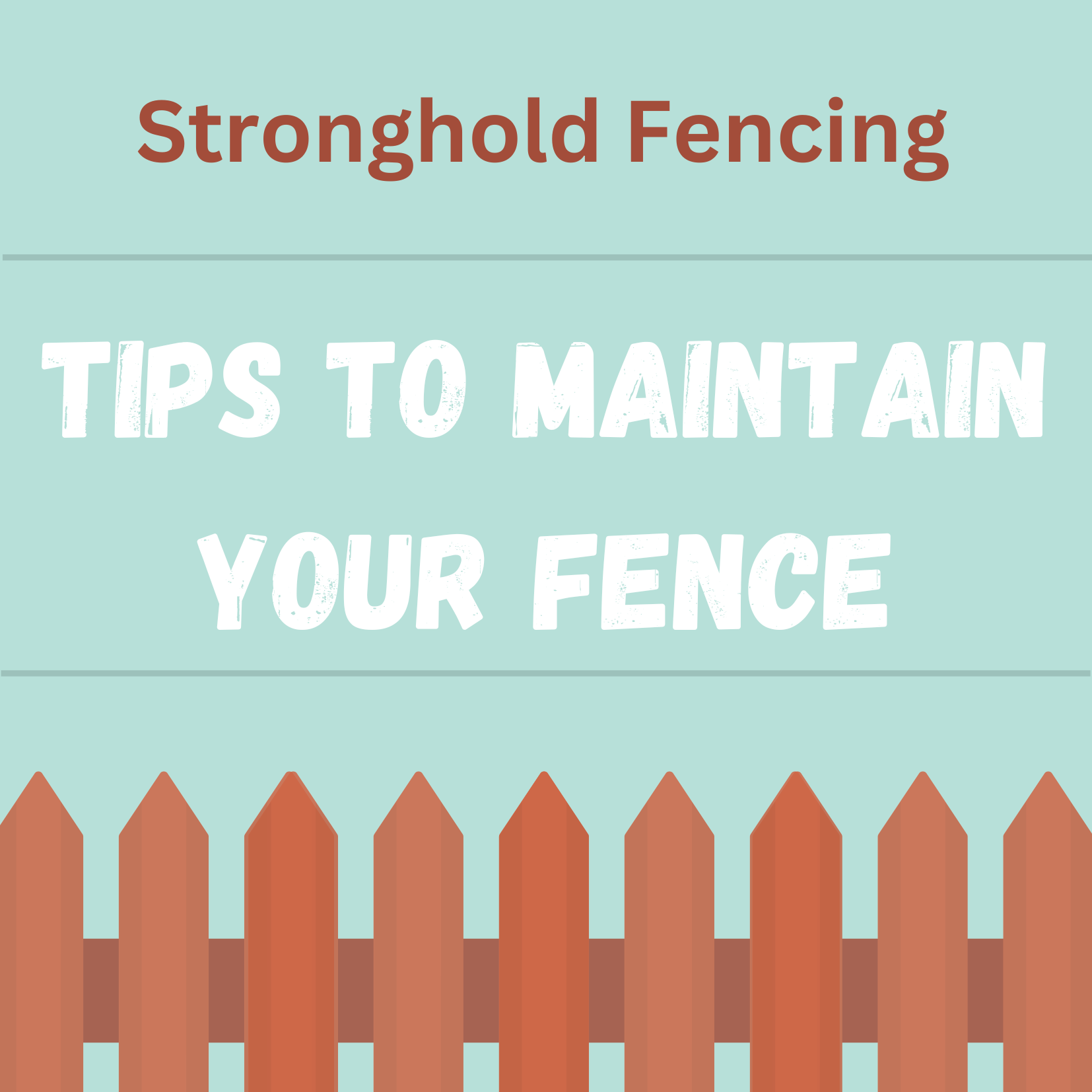How to Maintain Your Fence and Keep it Looking Great for Years to Come
Understanding the Importance of Fence Maintenance
Maintaining the integrity of your fence is crucial for both aesthetic and practical reasons. Proper fence upkeep not only preserves the visual appeal of your property but also extends the lifespan of this important boundary marker. Fence care involves regular inspections to identify any damage, weathering, or structural issues. Addressing these problems promptly can prevent further deterioration and the need for costly repairs or replacement down the line. Simple tasks like cleaning, painting, or staining the fence can also go a long way in protecting it from the elements.
Investing time and effort into fence preservation is a wise decision that pays dividends in the long run. A well-maintained fence not only enhances the curb appeal of your home but also serves as a reliable barrier for safety and privacy. By prioritizing fence maintenance, you can ensure that this functional and aesthetic feature continues to serve you for years to come.
Inspecting Your Fence Regularly
Maintaining the integrity of your fence is crucial for both aesthetic and functional purposes. Regular fence inspections can help you identify potential issues early on and address them before they escalate. Here’s a comprehensive checklist to guide you through the process of inspecting your fence:
- Visual Inspection: Carefully examine the entire length of your fence, looking for any signs of wear, damage, or deterioration. Check for loose, cracked, or missing boards, posts, or hardware.
- Hardware Assessment: Inspect the condition of hinges, latches, and other hardware components. Ensure they are securely fastened and functioning properly.
Post Stability: Gently push or pull on the fence posts to check for any looseness or instability. Firmly anchored posts are essential for the overall strength and durability of the fence.
Ground Clearance: Verify that the fence is properly positioned, with adequate clearance between the bottom of the fence and the ground. This will help prevent premature wear and tear.
- Vegetation Overgrowth: Check for any vegetation, such as weeds or shrubs, that may be encroaching on the fence. Overgrowth can cause damage and make it difficult to inspect the fence effectively.
Vegetation Overgrowth: Check for any vegetation, such as weeds or shrubs, that may be encroaching on the fence. Overgrowth can cause damage and make it difficult to inspect the fence effectively.
Cleaning and Treating Your Fence
Maintaining the appearance and longevity of your fence is an important part of home and property upkeep. There are several methods for cleaning and treating your fence to keep it looking its best. Fence cleaning can be done through power washing, scrubbing with a stiff-bristle brush and mild detergent, or using a specialized fence cleaner product. This helps remove built-up dirt, grime, and mildew. After cleaning, you may want to stain, paint, or seal your fence. Staining helps protect the wood and enhances the natural grain. Painting provides a decorative finish and an extra layer of protection. Sealants and water proofers shield the fence from moisture damage.
The frequency of cleaning and treatment depends on the fence material, weather conditions, and desired aesthetic. Regularly maintaining your fence will preserve its functionality and visual appeal for years to come.
Repairing Common Fence Issues
Maintaining a fence can be an ongoing task, but addressing common problems promptly can help extend its lifespan. This informative blog section covers some of the most frequent fence issues and how to effectively resolve them. Fence Post Replacement Over time, fence posts can become loose, damaged, or even completely rotted. Replacing compromised posts is essential for preserving the structural integrity of the fence. Proper post installation techniques, using concrete for stability, can ensure a sturdy, long-lasting repair.
Fence Board Replacement Individual fence boards may warp, crack, or break due to weathering and general wear and tear. Swiftly replacing damaged boards helps maintain the uniform appearance and functionality of the fence. Matching the new boards to the existing ones is key for a seamless repair. Fence Hardware Repair
Hinges, latches, and other hardware can become loose or worn out. Tightening, lubricating, or completely replacing these components helps keep the fence operating smoothly and securely. Fence Reinforcement
In areas prone to high winds or other environmental stresses, reinforcing the fence can improve its durability. Adding extra posts, cross-bracing, or other structural elements can fortify the fence against potential damage.
Fence Restoration
For fences in serious disrepair, a full restoration may be necessary. This can involve repairing or replacing multiple components, cleaning and refinishing the surface, and ensuring the overall stability of the structure.
By addressing these common fence issues in a timely manner, homeowners and property managers can preserve the appearance, functionality, and longevity of their fences.

